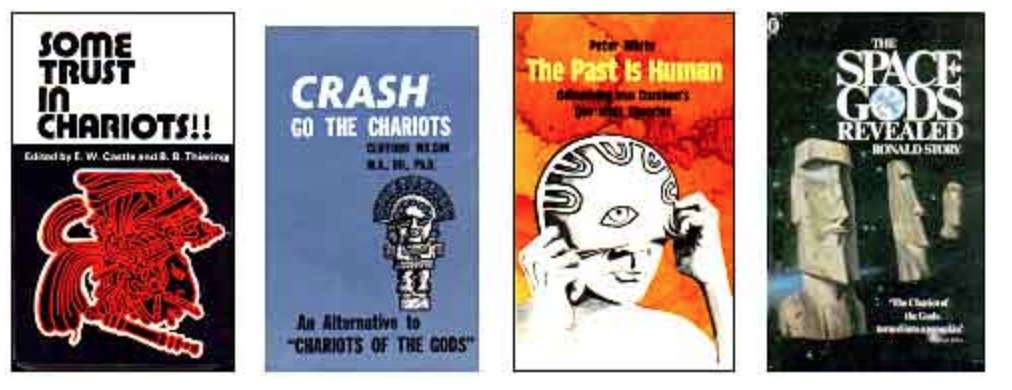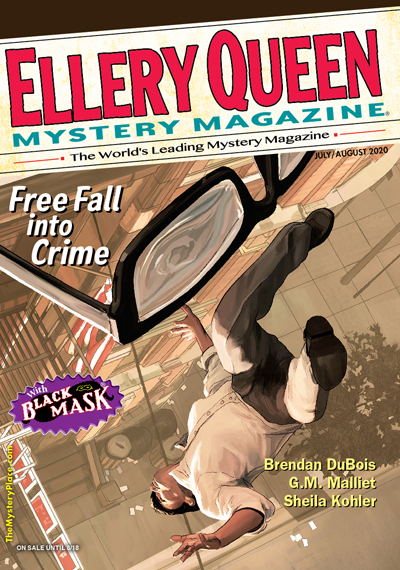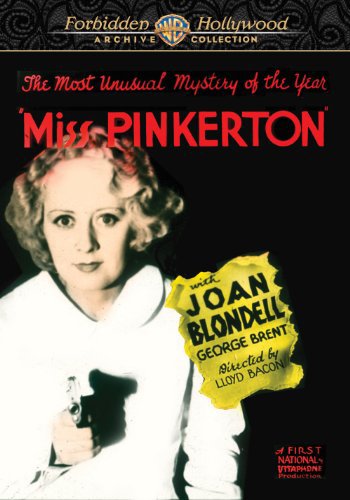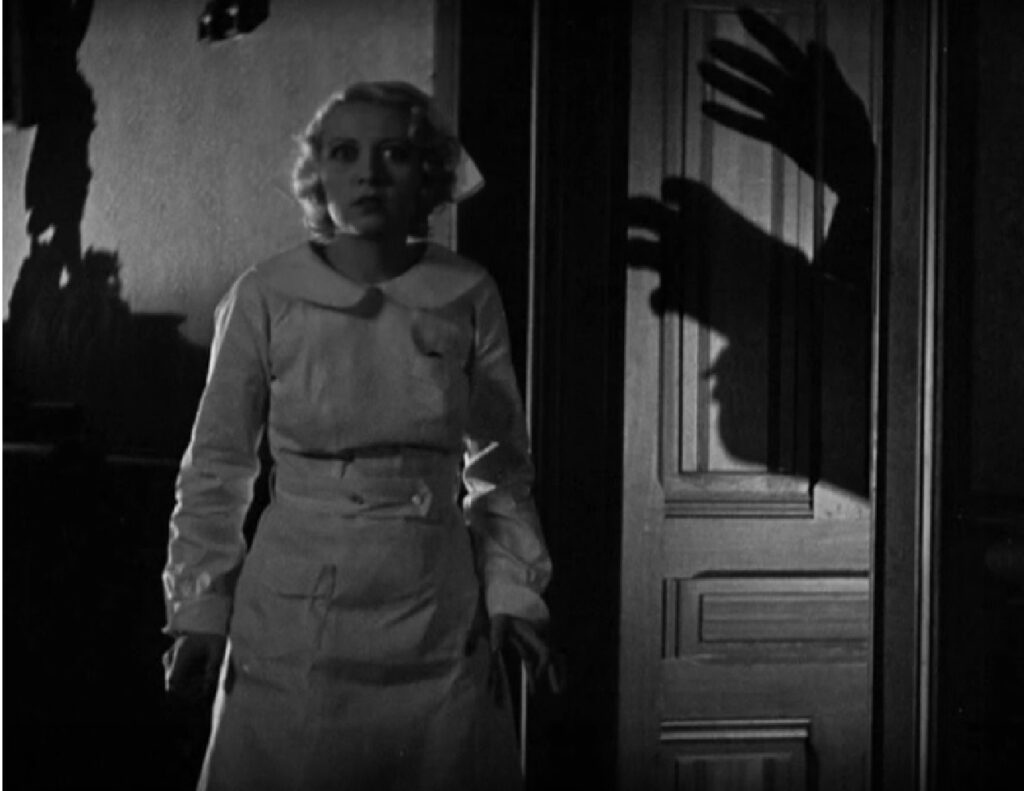The Case of the Ancient Astronauts, BBC Horizon (1977) and PBS Nova (1978).


IMDb meta-data is 50 minutes, unrated.
Genre: Documentary
Verdict: Gravity is not a matter of opinion.
This episode offers a root and branch refutation of Erich von Däniken’s Chariots of the Gods. Researchers for the production company visited each of the places and sites EvD asserted as evidence of mysteries that could only be explained by alien intervention and refuted his childish claims point by point. Accomplishments that were beyond ‘these primitive people’ (a favourite EvD phrase) were readily and easily explained. Throughout his main argument is: ‘What other explanation could there be?’ To find out what other explanations there were the producers went to those sites and showed how it was done. Building pyramids required a stick and string to make a false horizon, water (hot and cold), mallets, and pegs to quarry stones, sand dunes, well organised work gangs with incentives (but not Cecil B. DeMille’s whips), and a broad social commitment. These combined with the close observation of nature to equip those so-called primitive people to do the work.
The Nazca lines, Easter Island Moai, Palenque slab, and more are considered, including interviews with scholars who have made each subject a life’s work. Every time they found that the unfathomable mysteries that EvD attributes to aliens arose from human ingenuity and social organisation, and sometimes compounded by the megalomania of a ruler and ruling class.
The Nazca lines, for example, expressed the ambition of the ruler to placate the gods with the images, as many other rulers have done with animal and human sacrifices. In other words, he had it done because he could. Sound familiar?

Such was EvD’s confidence in the gullibility of his audience that he agreed to take part in this program. When confronted with simple alternative explanations he declared them to be beside the point, the term ‘fake news’ had not yet been coined. He simply asserted that it was not done that way, as though he were an eye witness. When he pointed to an object as evidence of alien artefacts, the Horizon researchers produced the local artisan who had made the very exhibit that EvD used, which he then dismissed as an example. His confidence in the credulity of the audience is, well, incredible. And, accurate.
But he was right, was he not, i.e., about the credulity of the audience? Remember that Time-Life promoted The Chariots of the Gods (1970), and published the companion books that were sold in supermarkets far and wide, one source puts the sales in the 1970s as eight million. No doubt many more millions have been sold since. For the current state of play see the Wikipedia entry which is edited almost daily in a low-level Wiki war.
Others have since also tried a hand at refuting this nonsense.

As late as 2018 EvD was dining on the credulity trail, speaking at conferences on aliens, and signing his books. In Pasadena three thousand people paid to hear him lie to them. Meanwhile, Season 13 of Ancient Aliens was aired in that year, and is available on Amazon Prime. He collects royalties from this series; he is proud to say.
There are many You Tube videos about EvD, and reading the comments they elicit is depressing. There is so much idiocy, despite more than a century of free public education, it is quite impossible either to correct, disabuse, or fathom. Alas, stupidity seems to be a virus that is ineradicable.
I came across my copy of this video (which I acquired decades ago thanks to the diligence of a librarian) on the office shelf when looking for something else, and watched it again while munching lunch. The quality of the video I have is terrible but I noticed that it is available on Amazon Prime in the USA (in what I hope would be a better video quality) by Nova on PBS but not here. Tant pis for me.
I fear that the effort the librarian put into finding this obscure film for me was at the expense of the KPIs, which would not have included investing so much time on one customer’s inquiry when there were so many meetings to attend about customer service.













